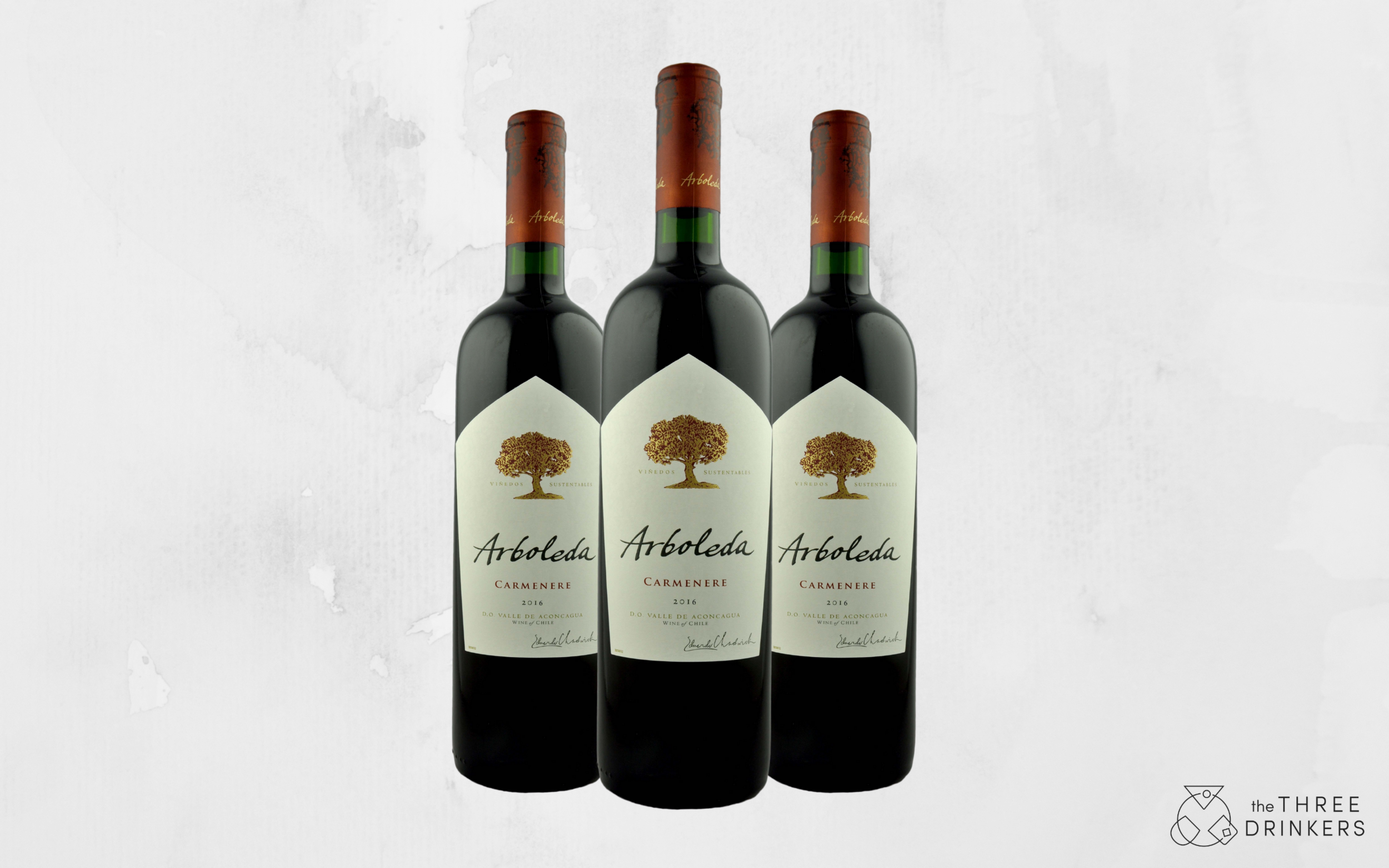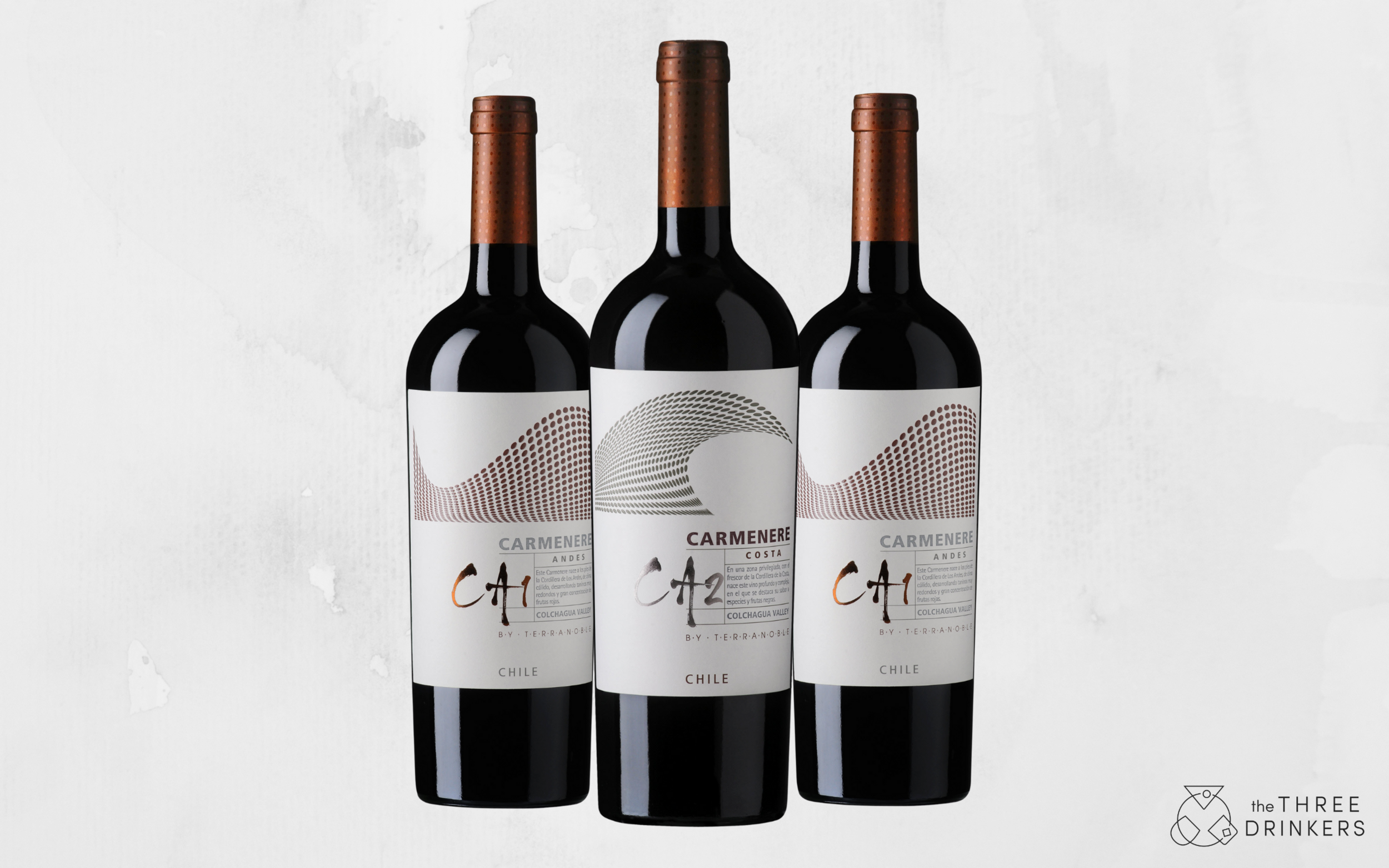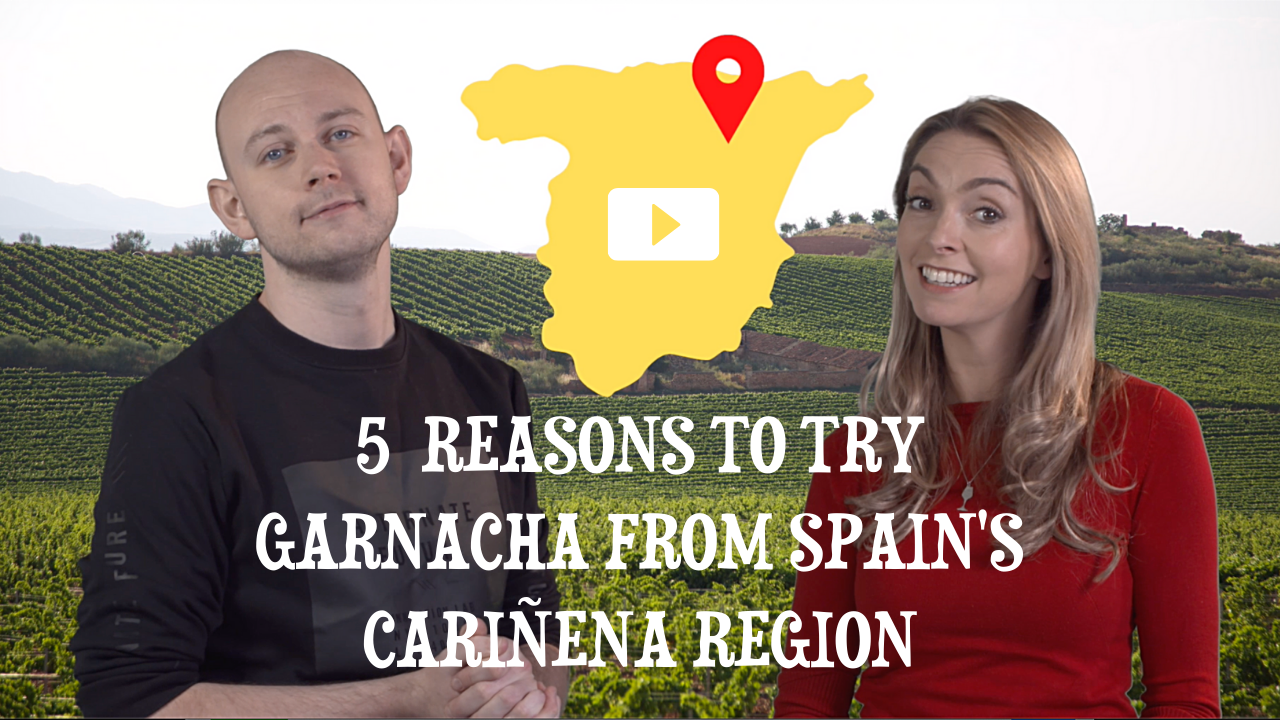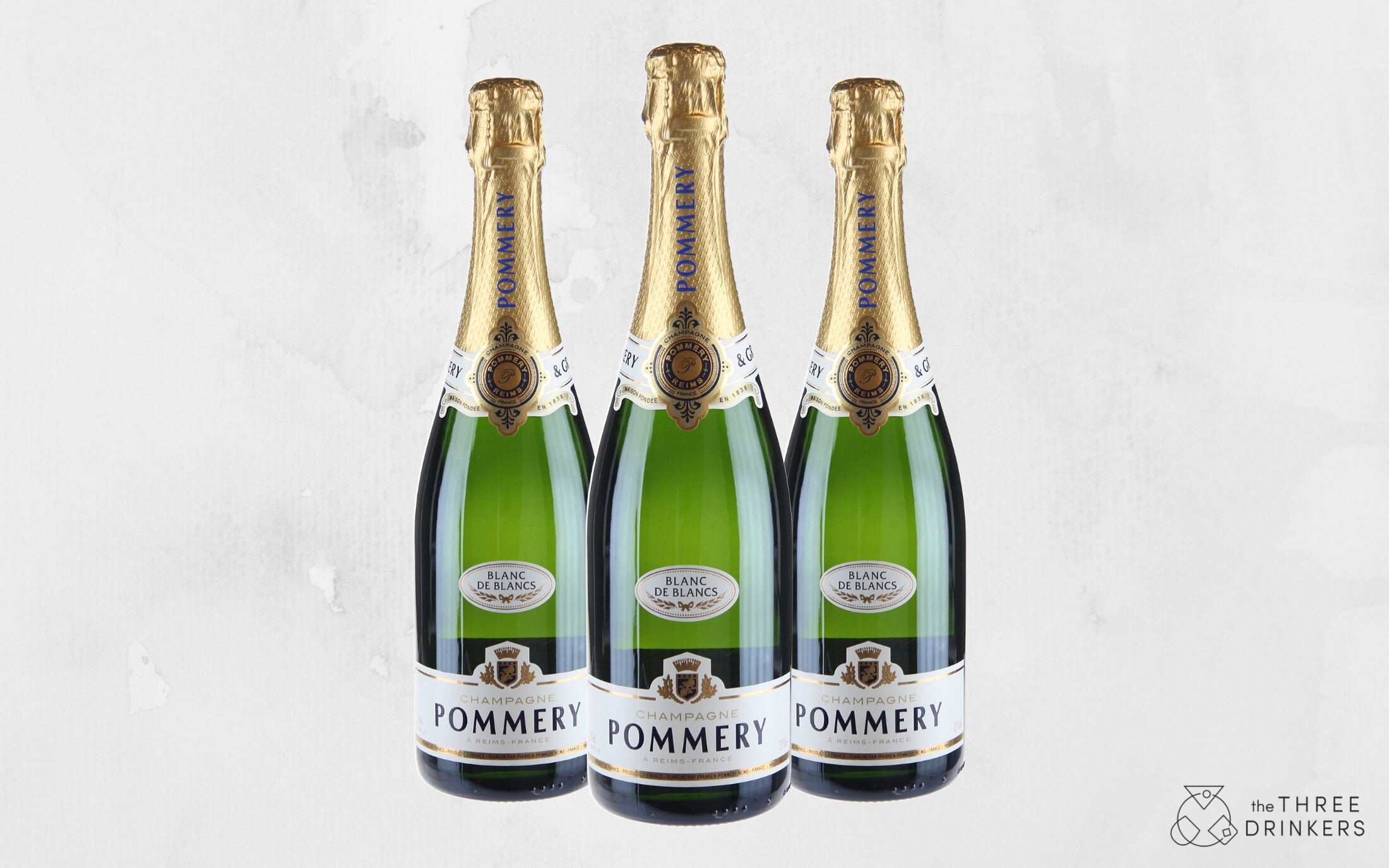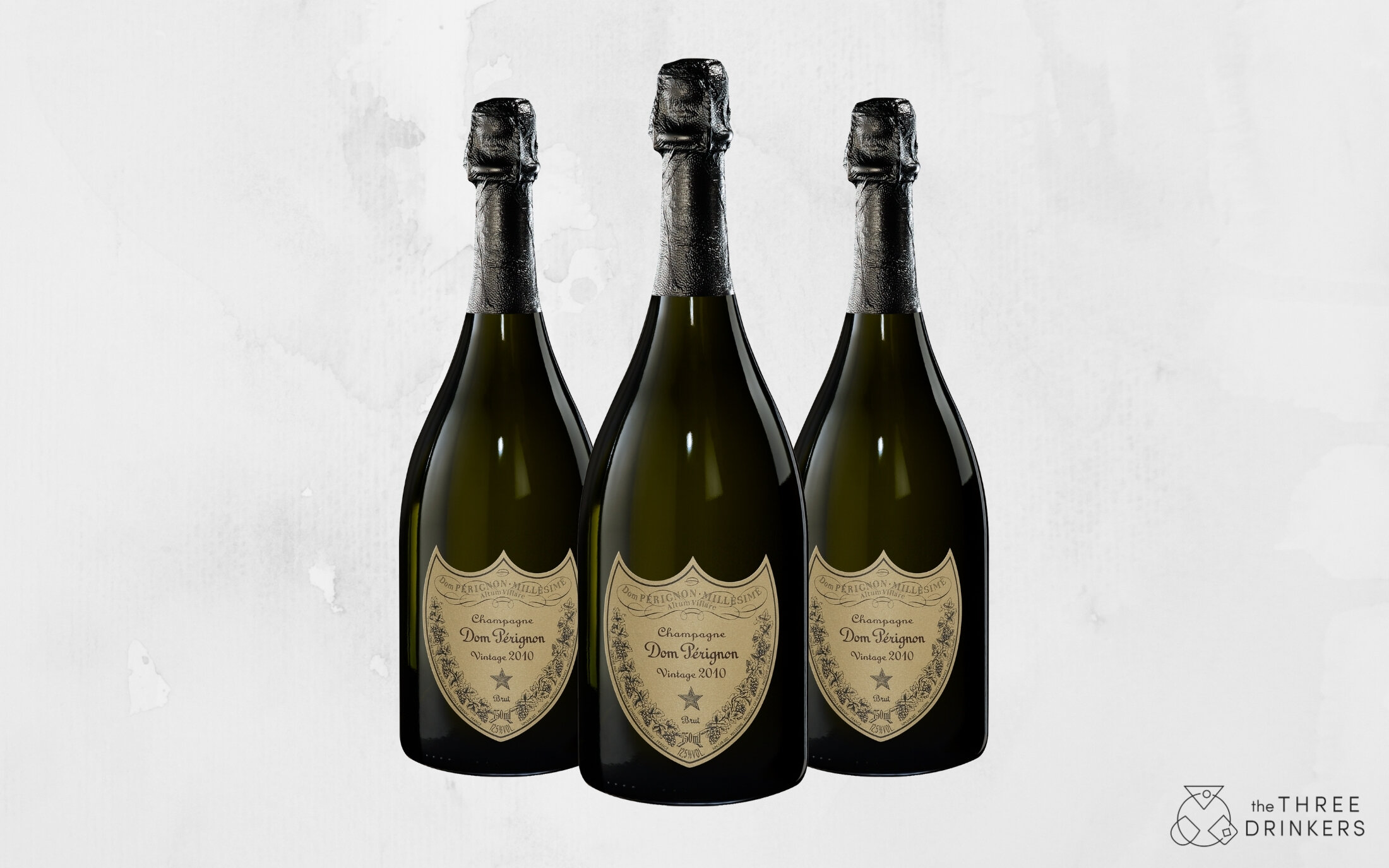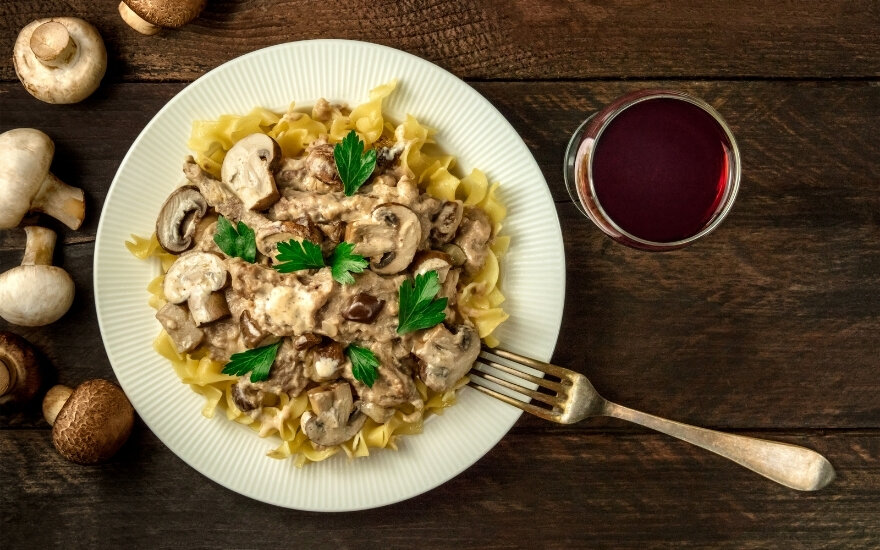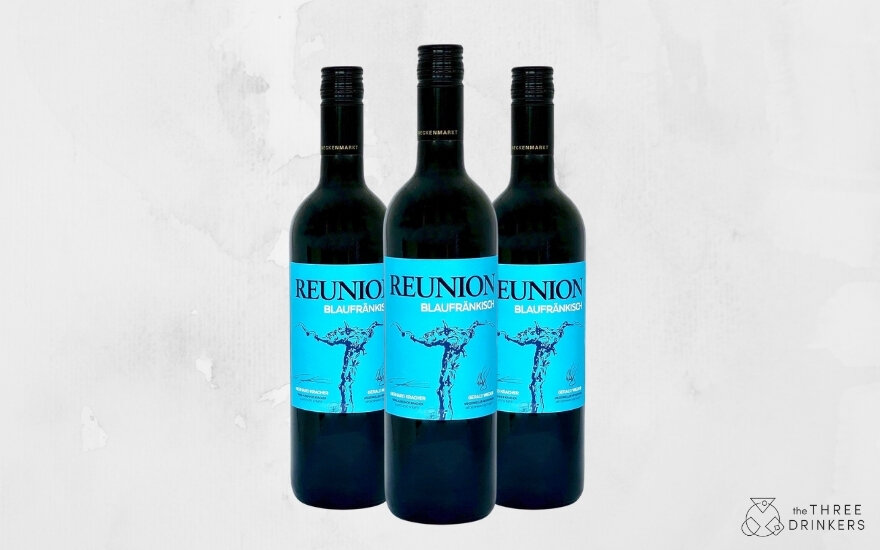Let’s talk about orange wine, a wine drinking trend that has skyrocketed this year. There is so much confusion around this wine style though: is it new? Is it ancient? The answer is, it’s kind of both. Here are a few things you need to know about orange wine with three to try.
What is orange wine?
Orange wine is a wine made with white grapes, but unlike most white wine, the juice, once pressed is left in contact with the skins and usually, the seeds too. The vessels used for this are quite often large earthenware pots rather than steel tanks or oak barrels that we see in more regular winemaking. This extra contact gives the wine more colour, weight and texture than white wines. Some describe them as having the complexity and tannic mouthfeel of red wines with the freshness of white wines. Typically, they tend to be quite savoury in style and pretty dry, with notes of dried fruit, spice and iced tea. The intensity of the colour, savoury characteristics and level of tooth-drying tannins will depend on the amount of time spent on the skins and pips, which could be from a few hours up to a week, months or occasionally, years.
Orange wine is now becoming very much part of a normal wine list, along with white, red and pink. Funny it has taken so long given how long orange wines have been around, but more on that later.
How do you drink orange wines?
Orange wines are best served cool but not cold, so their fruit character and aromatics are not masked by the tannin. They are fantastically versatile and can take a good amount of flavoursome spices, salt and nuts. In its homeland of Georgia, people gather for epic long feasts called ‘supras’ where the wines have to be able to stand up to all sorts of local dishes at the same time. Find one you like and this could be your new wine colour of choice for Christmas lunch.
What’s the difference between orange wine and natural wine?
Natural wine is any wine (white, red, pink, sparkling) that has been made with zero or minimal intervention. This means grapes are left to ferment and do their thing, often in whole bunches, without any additions such as sulphites. They are usually unfiltered too, which is why they are often cloudy. Many orange wines are also ‘natural’ as the tannins and the antioxidants found in grape skins negate the need for additives, but not all of them are.
Orange wine: a new term for an ancient practice
This non-interventionist way of making wine goes thousands of years in the Eastern European country of Georgia, which sits at the intersection of Europe and Asia. It has also been around for hundreds of years in neighbouring Slovenia and Northeastern Italy, so it’s anything but new, though many more countries are now having a go at making their own orange wines. In Georgia, the name for the wine colour has always been translated as ‘amber’ (from ‘karvisperi’) but it was only in 2004 that an English wine merchant coined the term ‘orange wine’ and that is what has stuck.
This ancient practice of making amber wines in Georgia often involves large earthenware pots known as qvevri, which in the olden days were buried in the ground to help regulate the temperature of the wine during fermentation (it creates a fair bit of heat). The practice has remained, despite numerous incursions from their northern neighbours and today, there’s a new wave of winemakers blending the traditional techniques with a more modern approach. The results are extremely exciting for the wine world.
Three orange wines to try
Teliani Valley, Kakhuri No. 8, 2019, Kakheti, Georgia.
This savoury, amber wine is a blend of four indigenous, Georgian grape varieties (Rkatsiteli, Kakhuri Mtsvane, Khikhvi and Kisi), harvest from Georgia’s best known wine appellation in the East: Kakheti. It’s a nutty, sappy little number with tonnes of texture and notes of dried apricot and herbs, thanks to the skins staying with the wine for six months after fermentation. A great food wine. Try it with cheese dipped in local Svanetian salts if you can find them! These wines love salt and spices.
Find it for £12.99 at Kwoff, Connolly’s Wine Merchants, Highbury Vintners
Teliani Valley, ‘Glekhuri’ Kisi Qvevri, Akhmeta, 2019, Georgia.
Another from producer Teliani Valley, this wine is made with 100% Kisi (that’s the grape) harvested from the Akhmeta district and fermented in underground qvevri. A touch more aromatic than the wine above with warm spice notes and riper fruit. Kisi is an easy Georgian grape to remember and makes very pretty wines like this.
Find it here for £21.25 at Connelly’s Wine or by the case at Kwoff
Naranjo, Totontel Orange Wine, Maturana Wines, Maule Valley, Chile.
Moving away from Georgia to orange wine’s ‘new world’, this is a much more modern style of orange wine, made with the Torontel grape, which helps give it orange blossom aromatics, notes of apricot and a creamy, texture reminiscent of white chocolate. This is a great one to start with if you’re not yet sure about orange wine. Grab the last few bottles while you can - the next shipment is due at the end of November.
Find it for £16.50 at Corney and Barrow.
If you enjoyed reading this, why not check out more of our wine content here?







